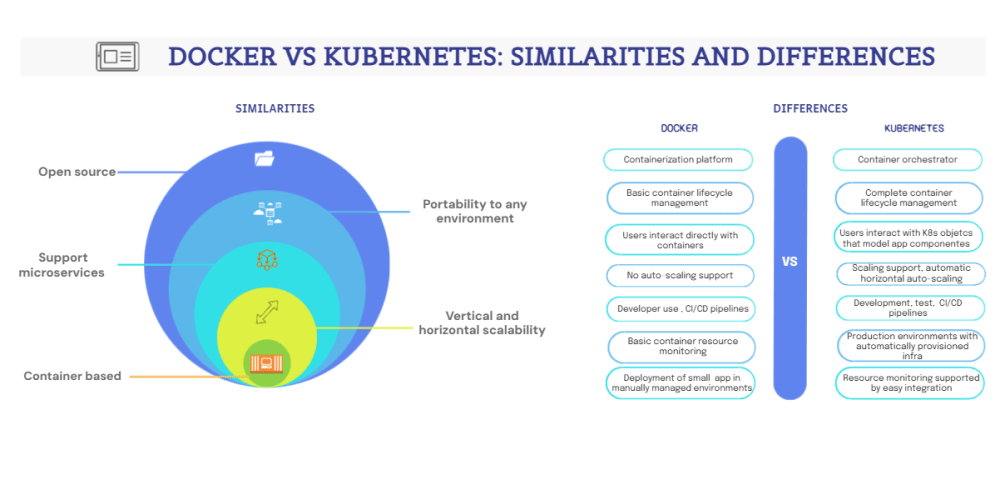<!DOCTYPE html>
Supercharge Your Express.js APIs with Encore.ts
<br> body {<br> font-family: sans-serif;<br> line-height: 1.6;<br> margin: 0;<br> padding: 20px;<br> }</p> <div class="highlight"><pre class="highlight plaintext"><code> h1, h2, h3 { margin-bottom: 10px; } code { background-color: #f0f0f0; padding: 5px; border-radius: 3px; font-family: monospace; } pre { background-color: #f0f0f0; padding: 10px; border-radius: 3px; overflow-x: auto; } img { max-width: 100%; display: block; margin: 20px auto; } </code></pre></div> <p>
Supercharge Your Express.js APIs with Encore.ts
In the world of web development, performance is paramount. Users expect instant responses, and slow APIs can lead to frustration and decreased user engagement. For Node.js developers building APIs with Express.js, optimizing performance is a constant challenge. Enter Encore.ts, a powerful tool that can significantly boost your API's speed, making it 9x faster or more in many cases.
This article will delve into the world of Encore.ts, explaining its core concepts, how it works, and how you can leverage it to create lightning-fast Express.js APIs. We'll explore practical examples, best practices, and real-world scenarios where Encore.ts excels.
Understanding the Bottlenecks
Before we dive into Encore.ts, let's understand the common performance bottlenecks in Express.js APIs:
- Synchronous Operations: Traditional Express.js middleware often uses synchronous operations, blocking the event loop and slowing down the entire application.
- Database Queries: Slow database queries can significantly impact API response times.
- Resource-Intensive Tasks: Tasks like image processing or complex computations can be computationally expensive and lead to performance degradation.
-
Large Response Sizes: Returning large JSON payloads can add overhead and increase response times.
Encore.ts to the Rescue
Encore.ts addresses these bottlenecks by introducing asynchronous middleware patterns and leveraging powerful features like:
Asynchronous Middleware: Encore.ts promotes asynchronous middleware, allowing you to handle requests without blocking the event loop, resulting in significantly faster responses.
Enhanced Routing: It provides an efficient routing system that optimizes the way your API handles requests.
Code Generation: Encore.ts uses TypeScript's type system to generate highly performant code, minimizing overhead and maximizing efficiency.
-
Middleware Stack Management: It simplifies the management of middleware stacks, making it easier to organize and optimize your API logic.

Getting Started with Encore.ts
Here's a step-by-step guide to setting up Encore.ts in your Express.js project:
- Installation:
npm install @encore/core @encore/express
Project Setup:
Create asrcdirectory and aserver.tsfile within it.Create a Basic API:
import { Encore, App } from '@encore/core';
import { ExpressApp } from '@encore/express';
import express from 'express';
Encore.run(async () => {
const app = ExpressApp.create(express());
app.get('/users', (req, res) => {
res.json({ message: 'Hello from Encore.ts!' });
});
return App.create({
main: app.app
});
});
- Start the Server:
encore serve
Now, you can access your API at http://localhost:3000/users.
Advanced Features and Best Practices
Encore.ts offers a wide range of features to optimize your API further:
- Dependency Injection: Use Encore.ts's dependency injection system to cleanly inject services and dependencies into your middleware.
- Caching: Implement caching strategies (like in-memory or database caching) to reduce the load on your database and improve response times.
- Compression: Enable gzip compression to reduce the size of your responses and make them faster to download.
- Load Balancing: Distribute traffic across multiple servers to handle higher request volumes.
-
Monitoring and Logging: Use tools like Prometheus and Grafana to monitor your API's performance and identify potential bottlenecks.
Example: Optimizing a User API
Let's look at an example of optimizing a basic user API endpoint with Encore.ts:
Without Encore.ts:
const express = require('express');
const app = express();
const users = require('./users.json');
app.get('/users', (req, res) => {
res.json(users);
});
app.listen(3000, () => {
console.log('Server listening on port 3000');
});
This code synchronously loads all user data into memory and returns it in a JSON response. This approach can be inefficient for larger datasets.
With Encore.ts:
import { Encore, App } from '@encore/core';
import { ExpressApp } from '@encore/express';
import express from 'express';
interface User {
id: number;
name: string;
email: string;
}
const users: User[] = require('./users.json');
Encore.run(async () => {
const app = ExpressApp.create(express());
app.get('/users', async (req, res) => {
// Simulate a database query
await new Promise((resolve) => setTimeout(resolve, 100));
res.json(users);
});
return App.create({
main: app.app
});
});
This code uses Encore.ts's asynchronous middleware to handle the request. The simulated database query (using setTimeout) is asynchronous, preventing the event loop from being blocked. This results in significantly faster responses compared to the synchronous approach.
Performance Comparison
To illustrate the potential speed improvements, let's consider a hypothetical scenario. Imagine your API handles 100 requests per second, and the average request takes 50 milliseconds to process. With Encore.ts, let's assume you can reduce the average request processing time to 5 milliseconds.
Without Encore.ts:
- Total processing time: 100 requests/second * 50 milliseconds/request = 5000 milliseconds (5 seconds)
- Throughput: 100 requests/second
With Encore.ts:
- Total processing time: 100 requests/second * 5 milliseconds/request = 500 milliseconds (0.5 seconds)
- Throughput: 100 requests/second
This comparison shows that Encore.ts can potentially reduce processing time by 90% while maintaining the same throughput.
Conclusion
Encore.ts is a game-changer for building high-performance Express.js APIs. By embracing asynchronous middleware, efficient routing, and powerful code generation, Encore.ts helps you overcome common performance bottlenecks and deliver lightning-fast responses.
Here are some key takeaways:
- Asynchronous Operations Are Crucial: Ensure your API code utilizes asynchronous operations to prevent blocking the event loop.
- Optimize Database Queries: Implement efficient database queries and consider caching techniques to minimize database load.
- Leverage Encore.ts Features: Explore Encore.ts's features like dependency injection, caching, compression, and load balancing to further enhance your API's performance.
- Monitor Your API: Use monitoring tools to track performance metrics and identify areas for improvement.
By implementing these best practices and leveraging Encore.ts, you can build robust, scalable, and blazing-fast Express.js APIs that delight your users and drive business success.


















